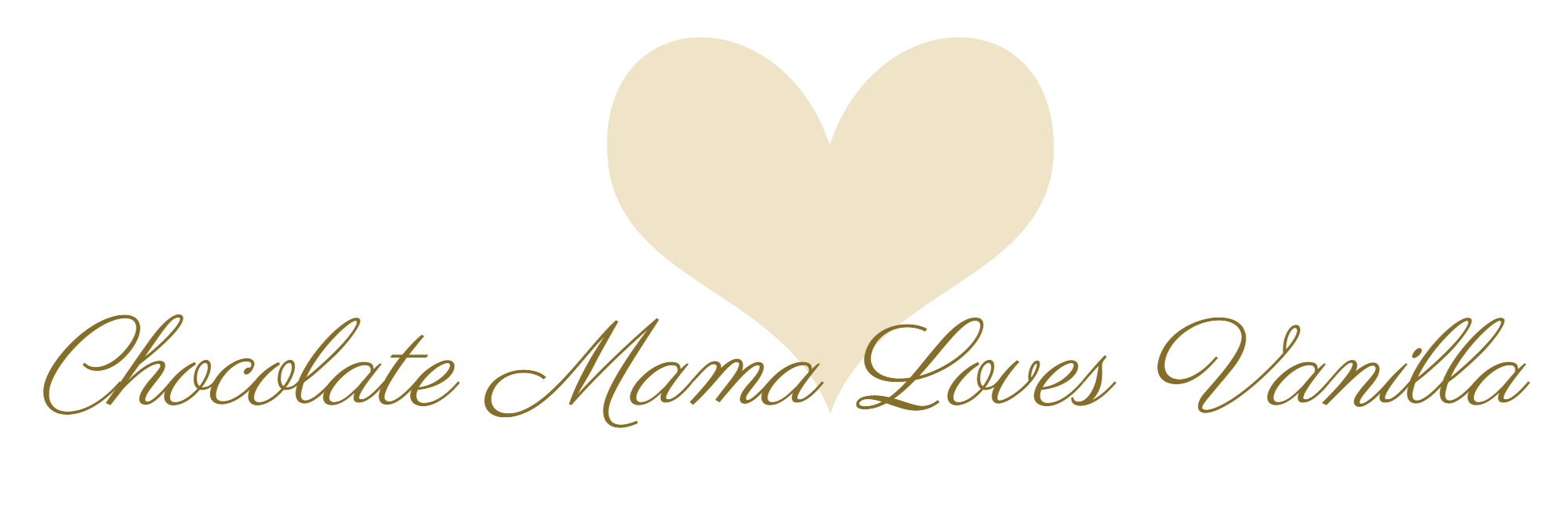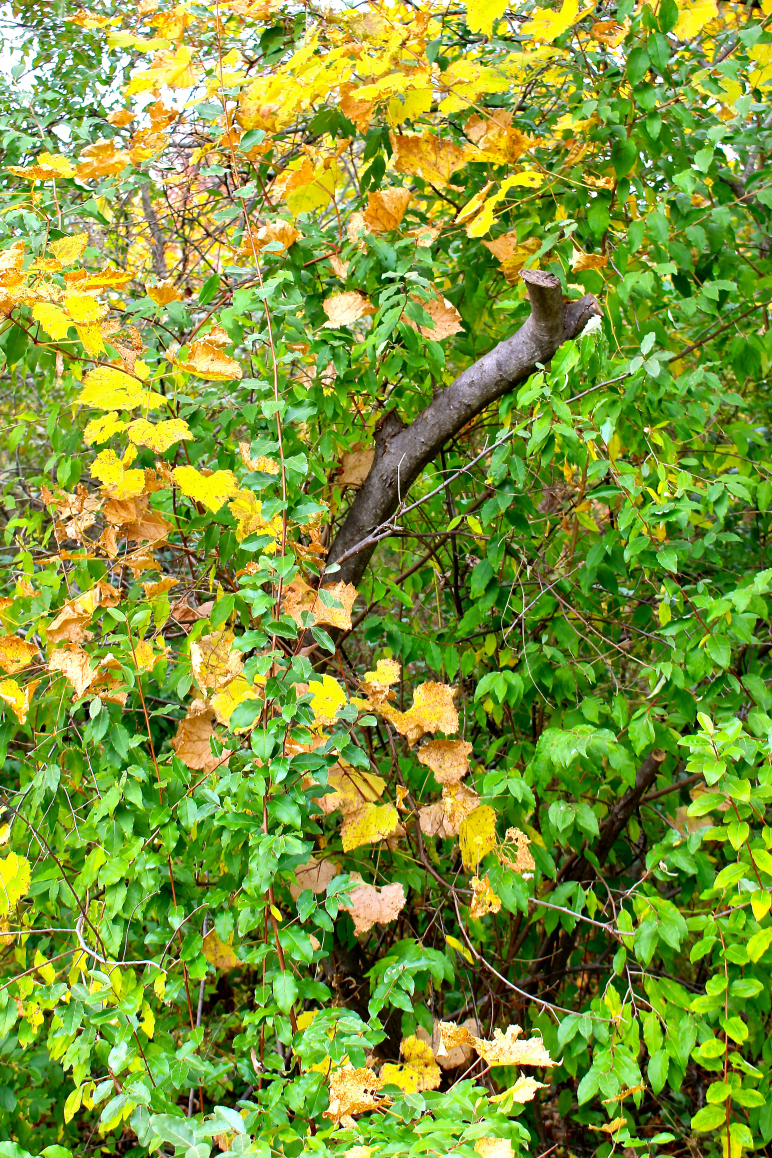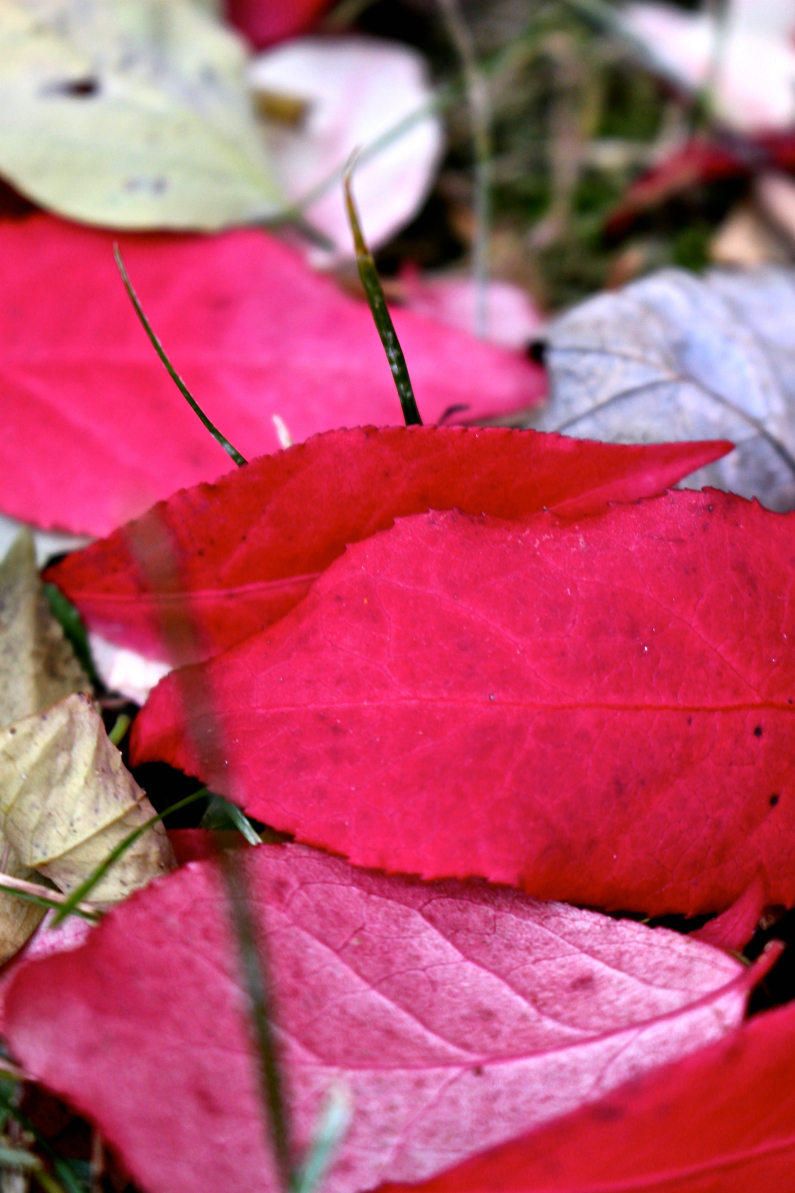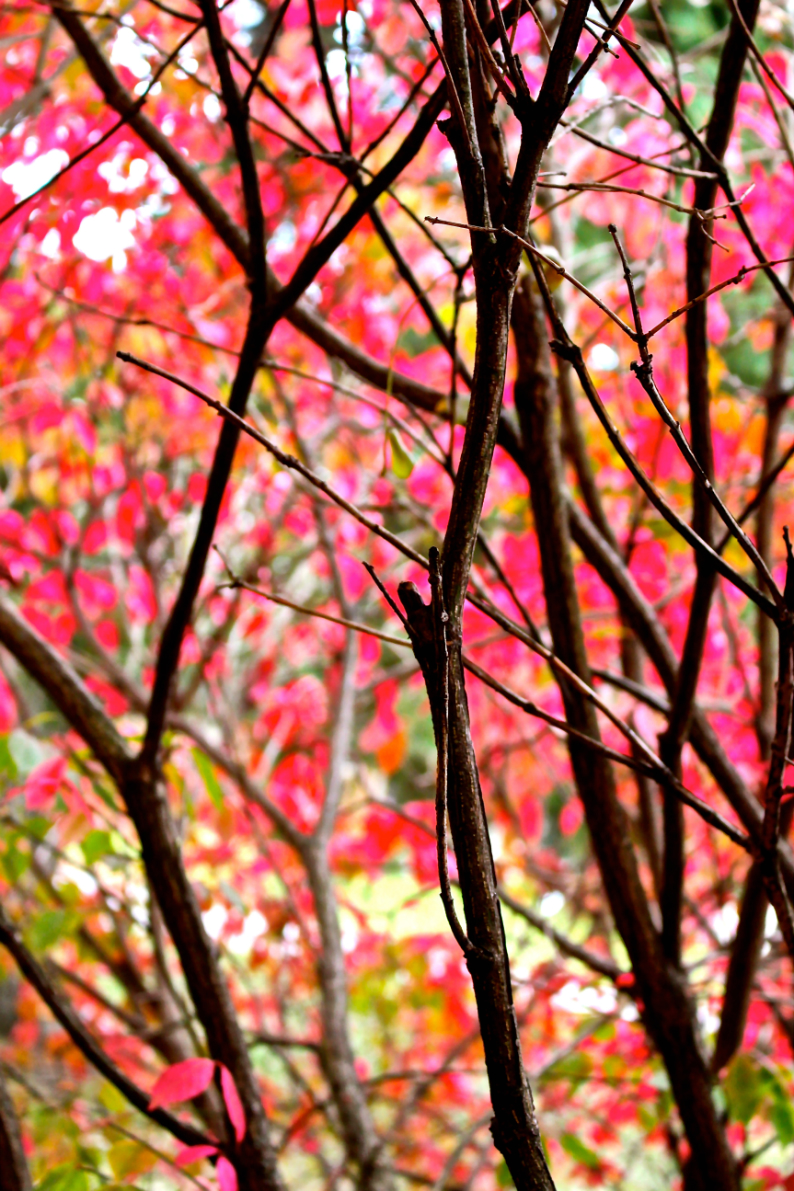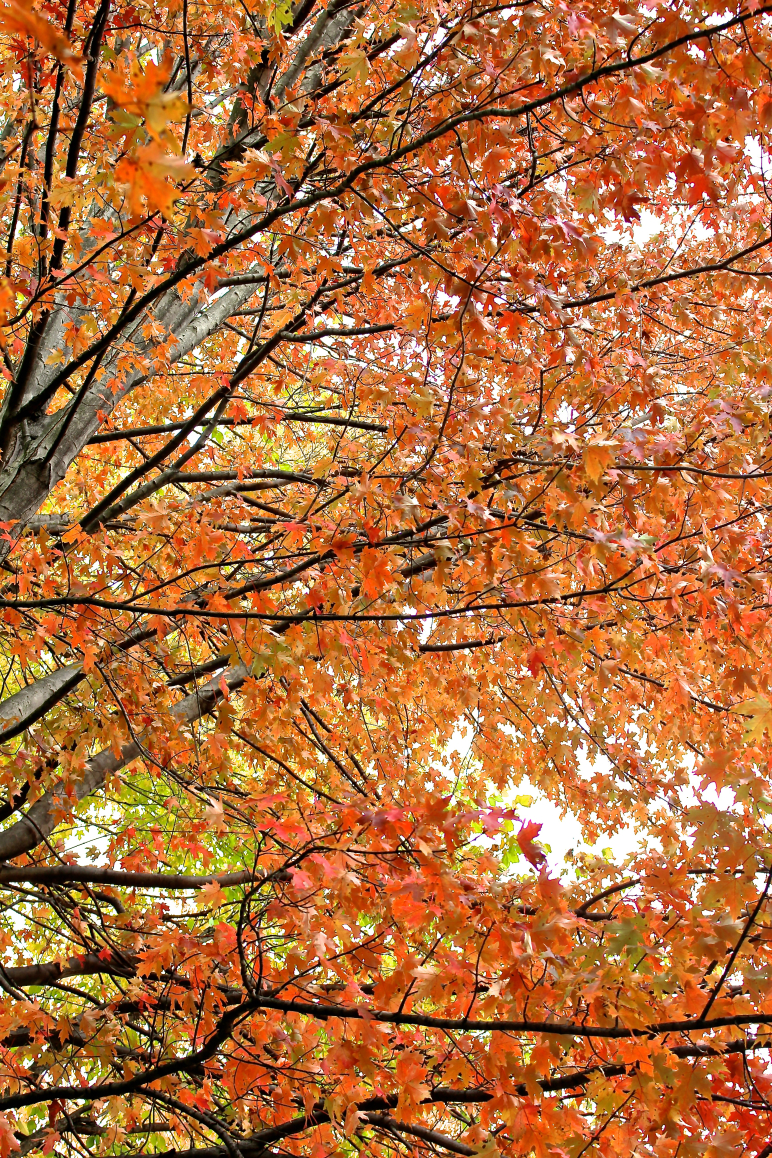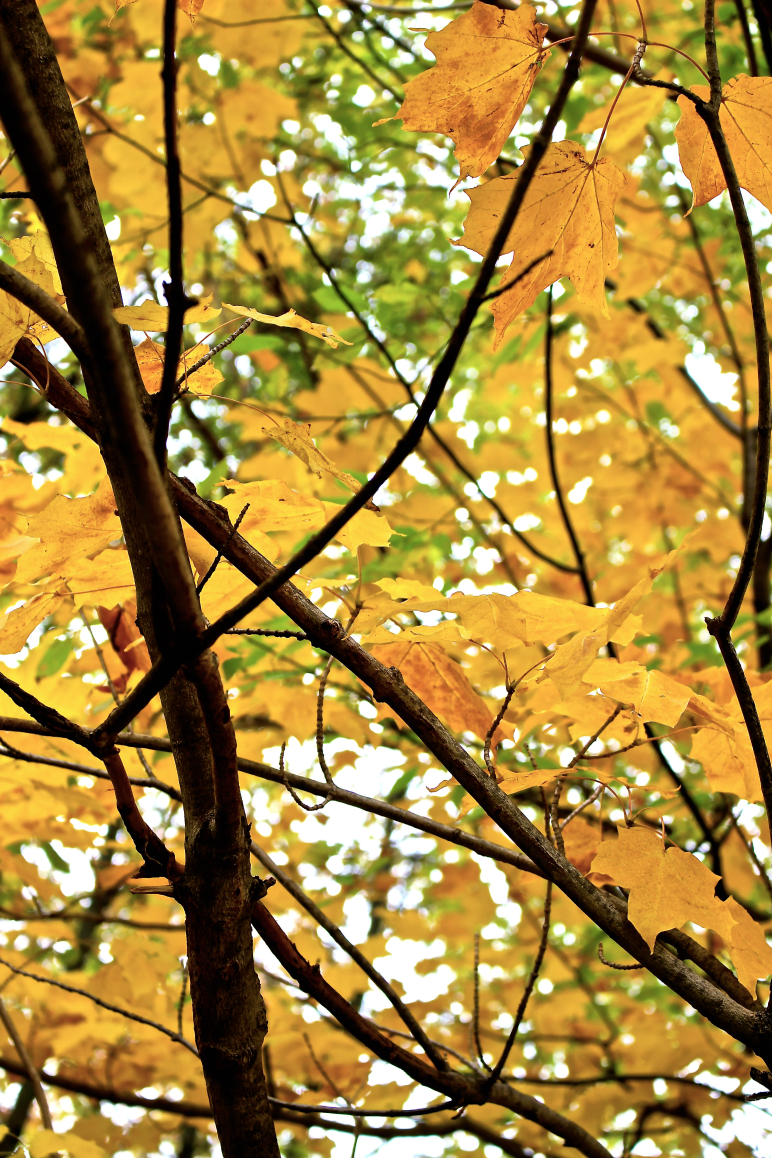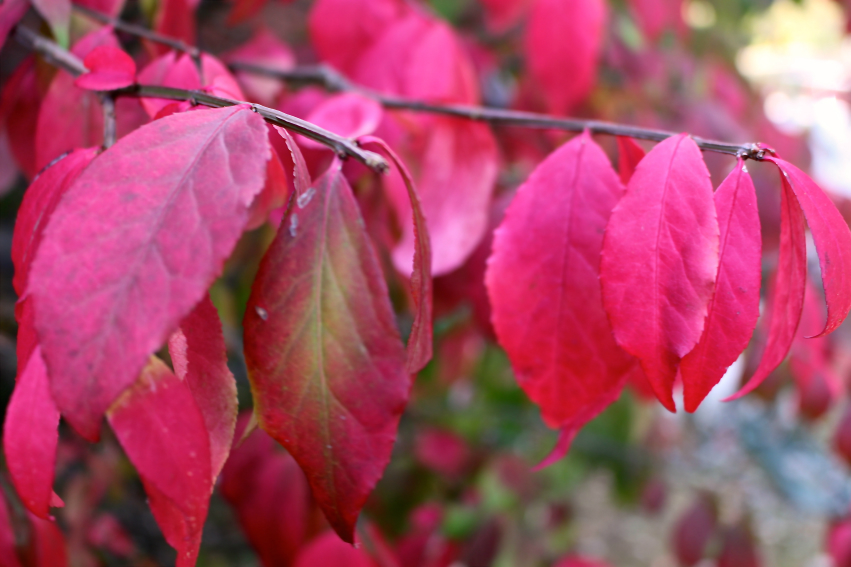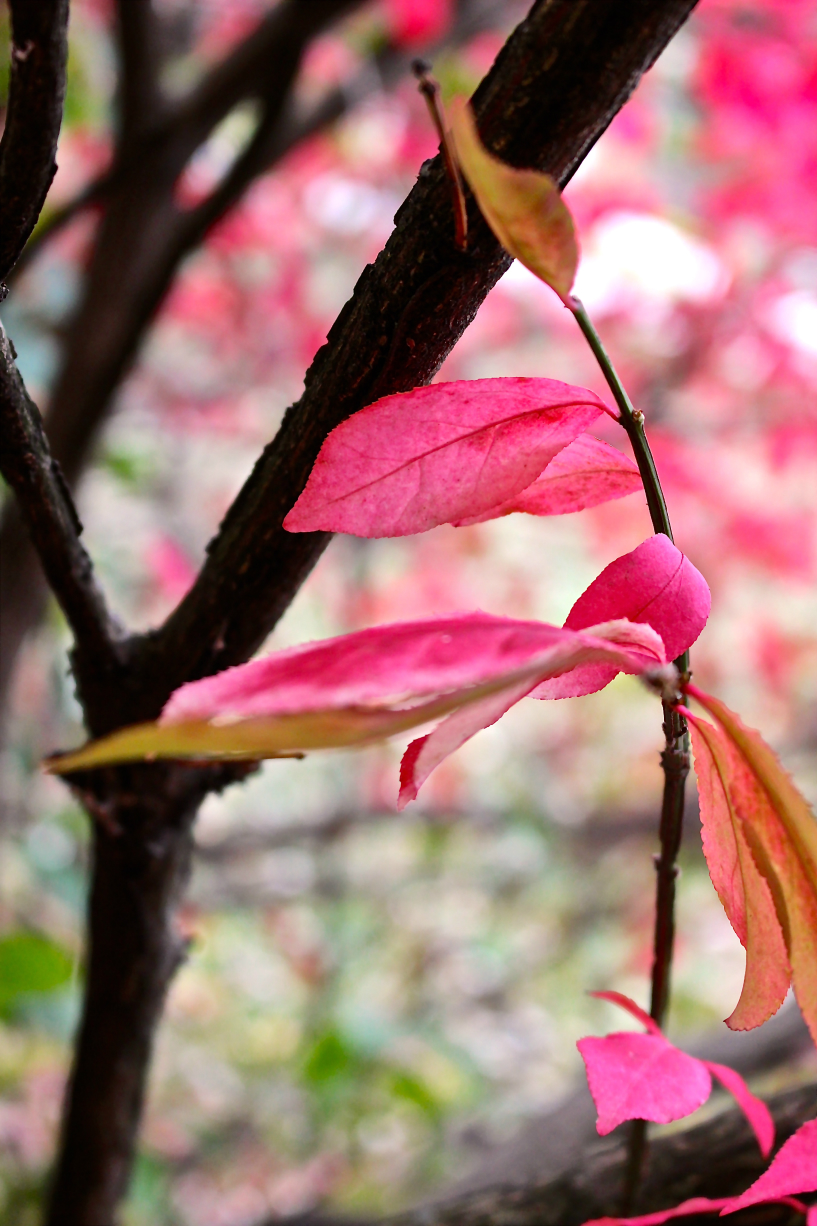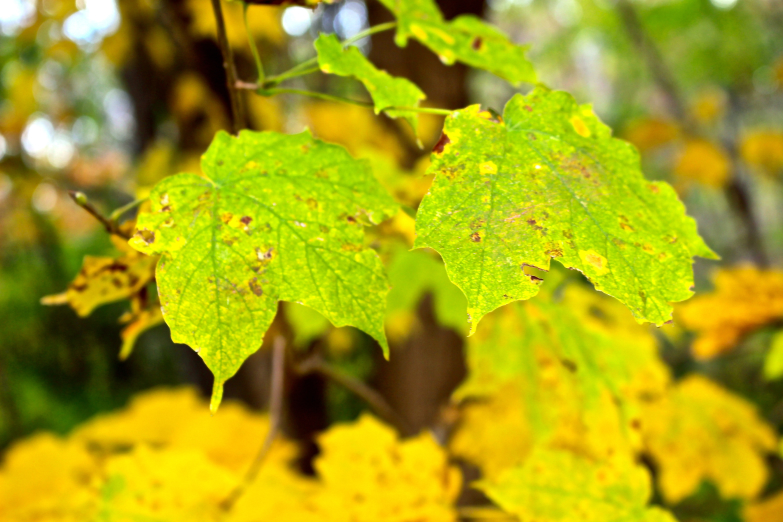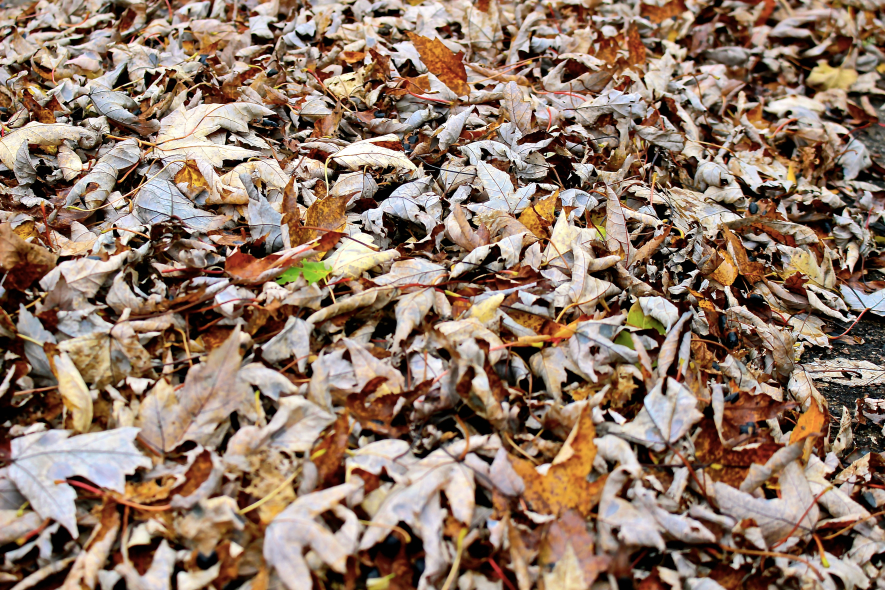Turn your Leaves into FREE Mulch!
Fallen leaves during the fall season from your trees make excellent mulch.
Leaves are one of the cheapest (FREE), healthy, and best home grown types of mulch you can use in a garden. Way cheaper and healthier than expensive wood chips!
Dry leaves = CARBON, Phosphorus, and Potassium. Low in nitrogen yet rich in minerals
Living green leaves = A LOT of Nitrogen.
Why in the world are we mulching!?
A Layer of MULCH is the answer to many problems :-D
Don't forget it's FREE!
Mulch helps the soil HOLD MOISTURE which is good for plants.
OMG it Reduces Weeds!
Exposure to the elements (Wind, Rain, and Snow) can ruin any party. It also breaks down our soil which will drastically reduce fertility for future plant growth. Mulch will protect it!
Insulation means Natures Blanket! As the weather becomes cold, a layer of mulch keeps the soil below it warm.
If the soil is warm the roots of the plants have a better chance of survival and longevity during dormancy which in exchange extends the growing season for fall crops!
Nutrients in nature is a cycle, which is why everything in nature happens for a reason.
The plants pull nutrition as they grow throughout the spring and as they flourish through the summer. Now, it’s time for the plants to rest and boost up for next year. That layer of mulch nutrition gives back to the earth so it can make it another round!
Caution:
AVOID leaves from Black Walnut Trees
Black Walnut Trees: These trees have a chemical called Jug Lone that inhibits growth of many plants!
DO NOT use grass clippings from chemically treated lawns.
Untreated grass clippings: These are harmful to plants as they will introduce herbicide residue into your garden.
Forms of Leaf Consistency for Mulching
Whole
You can rake whole leaves into your vegetable garden and leave them there to compost over the season.
Shredded
Shredding leaves allow you to pack as many leaves as possible into the storage of your choice.
Techniques:
Bag or Bin your excess leaves for next spring and the summers growing period
Put them in a big trash can and then shred them with a weed whacker for a finer textured mulch.
Chop with your lawn mower directly on the lawn without the bag attached to collect the leaves will boost your whole yard with nutrients for next year!
Ingredients:
LEAVES! :-D
Grass Clippings (optional, but a bonus if they get in your pile!)
Directions:
Collect grass clippings and leaves from yard
Chop up the leaves or leave whole and use them in your flowers beds as mulch.
Spread it in planting garden to a depth of around 1 foot
Do nothing until next spring! :-D
Once Spring rolls around, give your soil a nice little mix or rototiller it.
The garden will never need any fertilizers, herbicides or insecticides! Crazy! Enjoy!
Tips:
Remember! Leaves help to protect, retain moisture, AND add nutrients in the soil.
If you have A LOT of trees at your house, You most likely will exceed the amount of leaves needed for mulching. After covering your garden bed with mulch for the winter, mix extra leaves in with your soil during the summer and also in your compost pile to put all those extra leaves to good use.
Note that excessive carbon can inhibit nitrogen productivity. If nitrogen is an issue in your soil, consider balancing your mulch with aslow-release nitrogen fertilizer.
